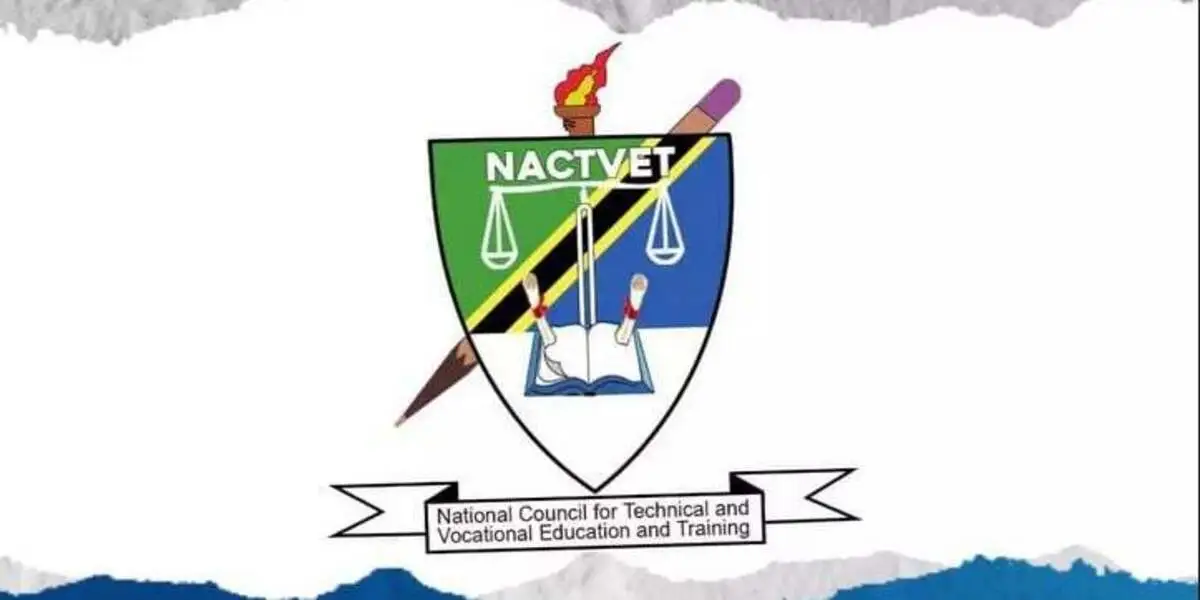A subcontractor is a specialized professional or company hired by a main contractor (or another subcontractor) to perform a specific portion of a larger construction project or service.
Subcontractors typically focus on a particular trade or skill, such as plumbing, electrical work, roofing, HVAC, concreting, and carpentry.
They play a critical role in completing construction projects efficiently and to high standards.
Table of Contents
Read More: Engineer | Definition and History You Should Know Right Now
Types of Construction Subcontractors
The following are some key types of construction subcontractors commonly involved in construction projects:
- Excavation Subcontractors: This subcontractor is used to prepare the site by clearing, grading, and excavating the land.
- Concrete Subcontractors: Handle all concrete-related work on construction projects.
- Masonry Subcontractors: Work with bricks, stones, and or blocks.
- Framing Subcontractors: They create the structural framework of a building on any construction project.
- Roofing Subcontractors: Install and repair roofs.
- Electrical Subcontractors: Handle all electrical systems on construction projects.
- Plumbing Subcontractors: Install and maintain plumbing systems.
- HVAC Subcontractors: Install heating, ventilation, and all air conditioning systems.
- Drywall Subcontractors: Install and finish drywall on the construction site.
- Painting Subcontractors: Apply paint and finishes to external and internal surfaces.
- Flooring Subcontractors: Install flooring materials.
- Landscaping Subcontractors: Enhance outdoor spaces.
- Glass and Glazing Subcontractors: Hired by the main contractor to install glass and windows on the construction site.
- Demolition Subcontractors: Hired by the main contractor to tear down structures safely.
- Fireproofing Subcontractors: He applies fire-resistant materials on construction projects.
- Elevator and Escalator Subcontractors: Were hired to install and maintain vertical transportation systems.
- Environmental and Remediation Subcontractors: Hired by the main contractor to address environmental issues.
- Security System Subcontractors: Install security systems.
Key Responsibilities of a Subcontractor
- Execute specialized tasks: Perform the specific work they were hired for, such as installing electrical systems, laying flooring, or framing structures.
- Adhere to project plans: Follow blueprints, specifications, and timelines provided by the main contractor or client.
- Manage labor and materials: Hire and supervise workers, procure materials, and ensure quality control.
- Comply with regulations: Follow building codes (such as BS, Eurocode, IS, etc), safety standards, and legal requirements.
- Communicate with stakeholders: Coordinate with the main contractor, other subcontractors, and project managers to ensure smooth progress of work.
Read More: What is Research Methodology?: The Ultimate Engineer’s Guide
Advantages of Being a Subcontractor
- Specialization: Focus on a specific trade or skill, allowing you to become an expert in your particular field.
- Lower overhead costs: Compared to main contractors, subcontractors often have fewer administrative responsibilities and costs.
- Flexibility: Work on multiple projects for different contractors, providing variety and opportunities for growth.
- Steady work: Main contractors often rely on trusted subcontractors for repeat business.
Read More: Cement | Types, Composition, And All You Need to Know
Tips for Success as a Subcontractor
- Build strong relationships: Develop trust and rapport with main contractors to secure repeat business.
- Deliver quality work: Consistently meet or exceed expectations to build a solid reputation.
- Stay organized: Keep track of contracts, deadlines, and project details to avoid misunderstandings.
- Invest in training and tools: Stay updated on industry trends, technologies, and best practices.
- Protect yourself legally: Use clear contracts, maintain proper insurance, and understand your rights and obligations.
In this blog post, we’ll discuss several ways subcontractors can improve their bidding practices to increase their bid-hit ratio.
Let’s get started.
How to Bid a Job as a Subcontractor
Crafting a winning bidding strategy starts with understanding the process. Here are some tips to help you stand out and go through to secure projects:
- Receive Bid Invitation – Main contractors send bid invitations to subcontractors, outlining project scope, timelines, and requirements. These invitations allow subcontractors to submit a competitive proposal based on expertise and pricing.
- Review Project Documents and Scope – Carefully analyze plans, specifications, and project timelines to assess feasibility. At this stage, the subcontractor should understand materials, labor requirements, and any potential challenges before committing to a bid.
- Estimate Costs – Time to run the (initial) numbers. Factor in labor, materials, equipment, overhead, and a reasonable profit margin. For best results, use estimating software or historical data to refine your numbers.
- Prepare Bid Proposal – Compile a detailed bid highlighting your qualifications, pricing breakdown, and value proposition. A well-structured proposal increases your chances of winning while setting clear expectations for the project.
- Negotiate with Main Contractors – Once your bid is shortlisted, expect discussions around pricing, scope adjustments, and timelines.
- Contract Award – Congrats—if you made it to this phase, your bid has been selected. Take some time to review the final contract before signing. All terms, payment schedules, and project expectations must be clearly defined to avoid scope creep or payment delays.
Read More: Construction Terminologies You Should Know
Tips for Subcontractors to Win More Bids

1. Understand the Project Scope
- Review bid documents thoroughly: Ensure you fully understand the project requirements, timelines, and specifications.
- Ask questions: Clarify any ambiguities with the general contractor or project owner before submitting your bid.
- Focus on your niche: Bid on projects that align with your expertise and strengths.
2. Build Strong Relationships
- Network with general contractors: Attend industry events, join trade associations, and connect with contractors to build trust and rapport.
- Leverage past relationships: If you’ve worked with a contractor, highlight your successful collaborations.
- Be reliable and communicative: Contractors value subcontractors who are easy to work with and deliver on promises.
3. Submit Competitive Bids
- Price competitively: Research market rates and ensure your bid is realistic and competitive, but don’t undervalue or overvalue your work.
- Break down costs: Provide a detailed breakdown to show transparency and professionalism.
- Highlight value: Emphasize how your services will save time, reduce risks, or improve the quality of work.
4. Showcase Your Experience and Expertise
- Provide a portfolio: Share examples of similar projects you’ve completed successfully.
- Highlight certifications and qualifications: If you have specialized training, licenses, or certifications, make sure they’re prominently featured.
- Include references: Offer testimonials or references from past clients or contractors you worked with.
5. Demonstrate Reliability
- Show proof of insurance and bonding: Contractors want to know you’re covered in case of accidents or delays.
- Highlight your team’s experience: Emphasize the skills and experience of your workforce team.
- Provide a clear timeline: Show that you can meet deadlines and manage the project efficiently without any delay.
Also Read: Tendering Process: Advantages and Types, All You Need to Know
6. Leverage Technology
- Use estimating software: Tools like Procore, PlanSwift, or Buildertrend can help you create accurate and professional bids.
- Adopt project management tools: Show that you use technology to streamline communication and project tracking.
- Stay updated on industry trends: Demonstrate that you’re using the latest methods and materials.
7. Be Responsive and Professional
- Submit bids on time: Late submissions can disqualify you, even if your bid is strong.
- Follow up: After submitting your bid, follow up with the contractor to answer any questions and show enthusiasm.
- Be professional in all communications: Clear, polite, and prompt communication builds trust.
8. Offer Unique Value
- Propose innovative solutions: Suggest ways to improve efficiency, reduce costs, or enhance quality.
- Provide added services: Offer additional services or support that set you apart from competitors.
- Focus on sustainability: If applicable, highlight eco-friendly practices or materials.
9. Stay Organized
- Track your bids: Use a system to monitor which bids you’ve submitted and their status.
- Learn from past bids: Analyze why you won or lost previous bids to improve future submissions.
- Stay on top of deadlines: Missing a bid deadline can cost you opportunities.
10. Build a Strong Reputation
- Deliver quality work: Your reputation is your best marketing tool. Consistently delivering high-quality work will lead to repeat business and referrals.
- Ask for feedback: After completing a project, ask for feedback to improve and strengthen your relationship with the contractor.
- Maintain a positive online presence: Ensure your website, social media, and online reviews reflect your professionalism and expertise.
Read More: The Contractor | Types, Responsibilities, and Conditions You Need To Know
Digitize Your Bidding Process
Digitizing your bidding practices enables you to handle more work, stay on schedule, and improve bidding accuracy, all while giving the data you need to continuously improve.
In short, having the right construction technology ensures that you and your team are well-prepared to submit bids that can win you more work.
By combining these strategies, you can increase your chances of winning bids and building long-term relationships with main contractors. Focus on delivering value, being reliable, and standing out.
Hopefully, some tips and recommendations on Tips for Subcontractors To Win More Bids have been helpful or eye-opening for you. I would love to hear any feedback below!
If you liked this article, please join WebsiteForEngineers on Telegram. You can also find us on Pinterest, Twitter, and Facebook.













